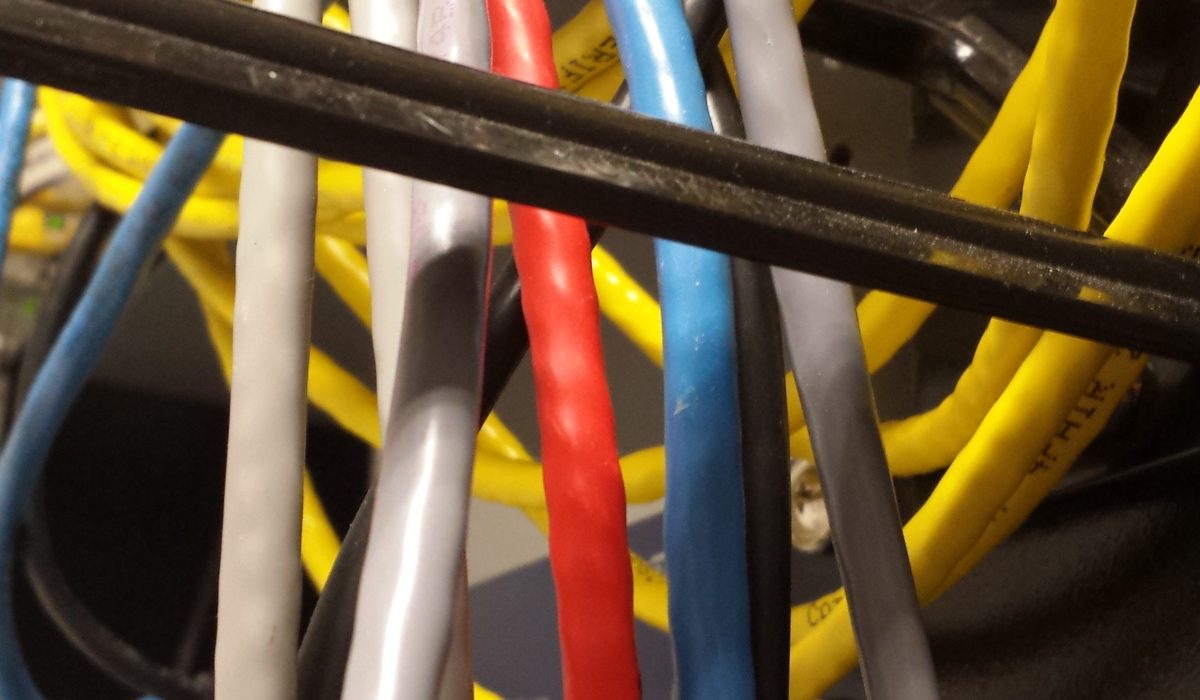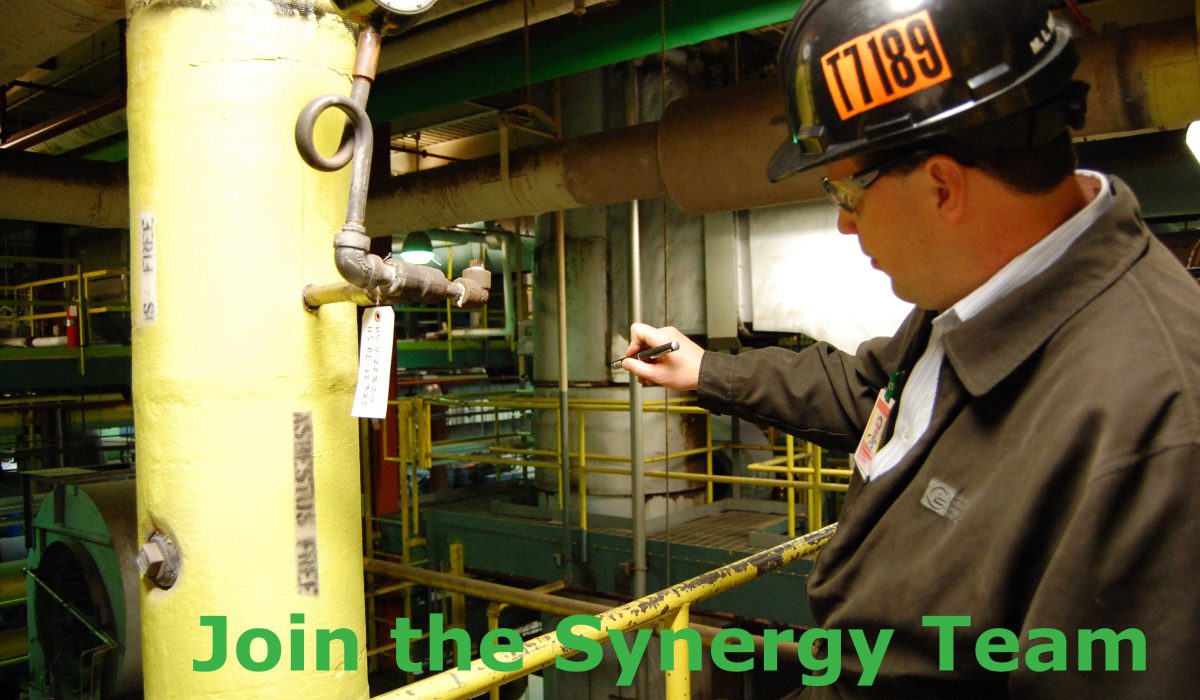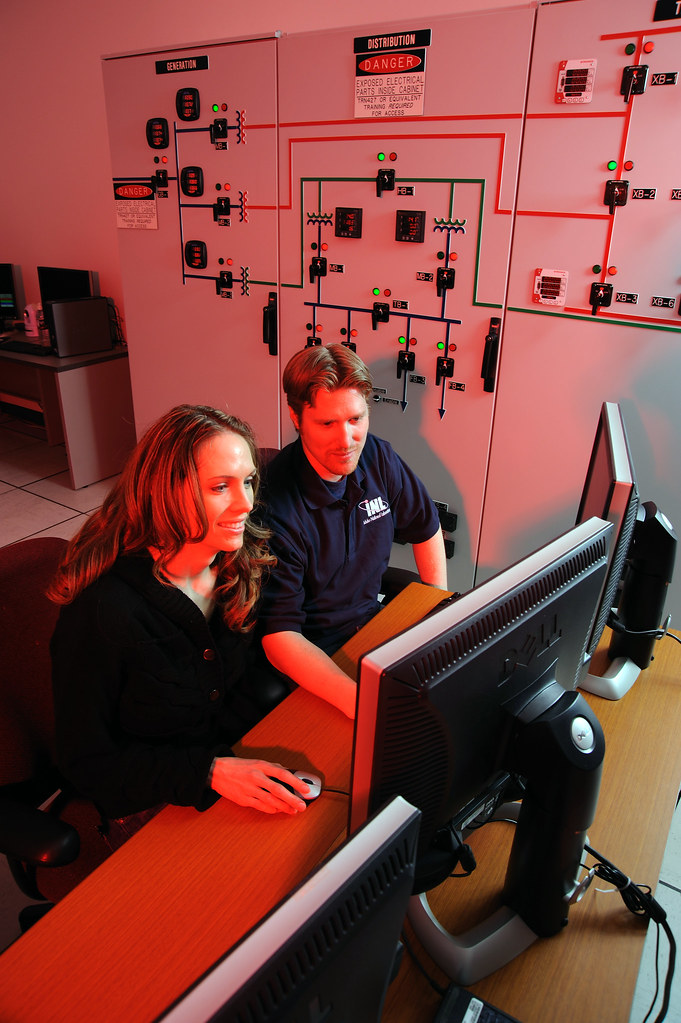
Safety continues to be a huge issue within the process industry. We’ve written about cyber security in the past as something that grew from the protection of personal information to the protection of business control. Maintenance of overall safety extends beyond computer systems to the preservation of employee and mechanical health. Maintenance of the systems that protect the safety of plant employees is critical to continuous success.
Safety system maintenance is always a priority, but it’s rarely considered critical. If everyone is happy and systems are running fine, then what is there to maintain? Spending funds to assess a system only to find out it’s perfectly fine can seem like a waste, but it’s in fact necessary. The flip side of the coin is that maintenance is put off until something in the safety system breaks, something that could have disastrous consequences.
A process system is like the human body in this case. There are certain things we know can go wrong, like prostate cancer or ovarian cancer, without causing any immediate symptoms. This is why we have routine checkups even when our bodies appear to be healthy. It’s better to spend money to know everything is running smoothly than to cut the life of the system short by ignoring routine maintenance.
Routine checkups in the process industry involve verification that all systems and alarms are working as they should. Small issues can be found before they lead to disaster. Here, we cover the four main areas you should look into on a regular basis to ensure your plant is always as safe as possible.
Configuration
This involves making sure everything is running smoothly, notifying employees of the proper alerts and avoiding nuisance trips. Verifying system communications and redundancy is an absolute must. Gone unchecked, you might unintentionally have a malfunctioning module for which the redundant module has taken over. While the system may not be in critical status, the absence of redundancy puts the whole plant in far more risk. The same can be said for system communications and alarms. If the proper alarms aren’t being sent and attended to, fixable problems may persist and create more damage than they would have otherwise.
Backups
Part of cyber security maintenance, backups are a necessary aspect of running a business. Safety maintenance, however, requires more than the existence of backups. Typically, businesses will have a system of automatic backup in place. It is this system which must be assessed to verify safety and security. Automatic and redundant backups only work if the system is void of corruption. Making sure the system is alive ensures you never have be in a situation where you need to use a backed up copy of data only to find the data is corrupted and useless.
Plant Environment Impacts
Many process systems have a number of environmental factors, such as excessive dust or temperature differences, from which their employees and machinery may need protection. It is imperative that the systems regulating these environmental factors be checked so that any issues can be resolved before there is excessive damage.
Consultation
Safety is paramount for any industry to be efficient and reliable. All systems are fail able, but they can also be made better. New improvements are released every day that further perfect existing safety systems for the process industry. A sure way to ensure you remain on top of the latest safety needs is to consult experts in process system safety.

 In the January 2014 issue of Control Engineering Magazine, Mark T. Hoske makes
In the January 2014 issue of Control Engineering Magazine, Mark T. Hoske makes





